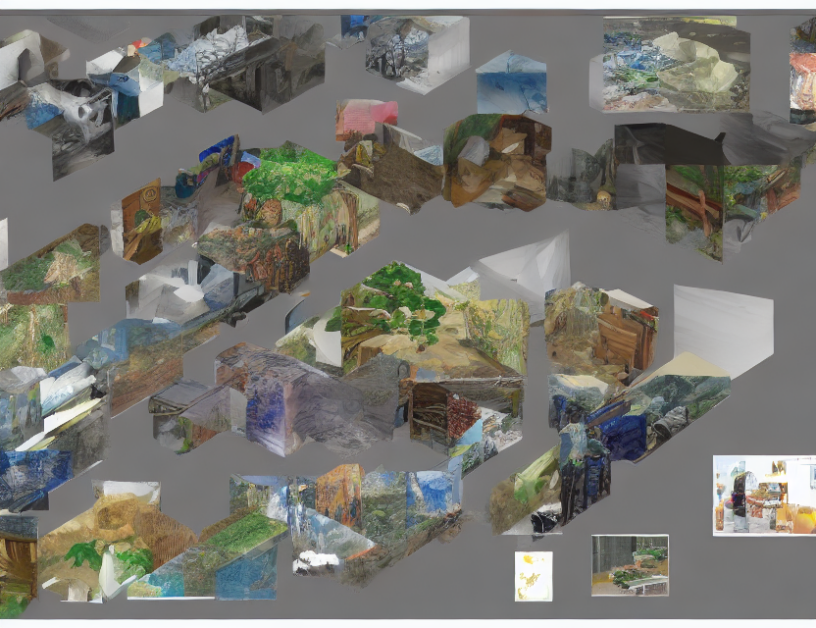In this research paper, the authors propose a novel image matching algorithm that improves upon existing techniques by leveraging prior knowledge about the image content. The proposed method, called Copy-Move Refined by Prior Information (CMRPI), combines pre-embedded priors with a new post-processing step to enhance the matching efficiency and accuracy.
The authors begin by discussing the limitations of traditional copy-move techniques, which rely solely on the content information within the image and can be affected by similarities between keypoints. To address this challenge, they propose incorporating prior knowledge about the image’s content into the matching process. This is achieved through a hierarchical clustering algorithm that groups keypoints based on their similarity, resulting in a more accurate and efficient matching process.
The proposed method consists of three stages: pre-processing, matching, and post-processing. In the pre-processing stage, the authors use entropy level clustering to group keypoints into different categories based on their similarity. This allows them to focus on the most distinctive features of the image and improve the accuracy of the matching process.
In the matching stage, the authors use a conventional copy-move algorithm that relies on the similarity between keypoints to find the best match. However, they also incorporate prior knowledge about the image’s content by considering the orientation and scale of each keypoint. This helps to reduce the impact of similarities between keypoints and improve the overall matching efficiency.
Finally, in the post-processing stage, the authors use an iterative forgery localization algorithm to refine the matches and ensure that they are accurate and efficient. This algorithm takes into account the similarity between keypoints and the content of the image, allowing the authors to make adjustments as needed to improve the accuracy of the matching process.
The authors evaluate their proposed method through a series of simulation experiments using MATLAB R2018a under Microsoft Windows. They find that CMRPI is approximately 29% faster than the state-of-the-art method mentioned in reference [3] when tested on the GRIP dataset.
In conclusion, the authors propose a novel image matching algorithm that leverages prior knowledge about the image content to improve the accuracy and efficiency of the matching process. By incorporating pre-embedded priors into the matching process, the proposed method outperforms traditional copy-move techniques in terms of speed and accuracy. The authors demonstrate the effectiveness of their method through a series of experiments and show that it has important implications for applications such as object recognition and image tracking.
Computer Science, Computer Vision and Pattern Recognition
Passive Digital Image Forgery Detection Techniques: A Comprehensive Review



